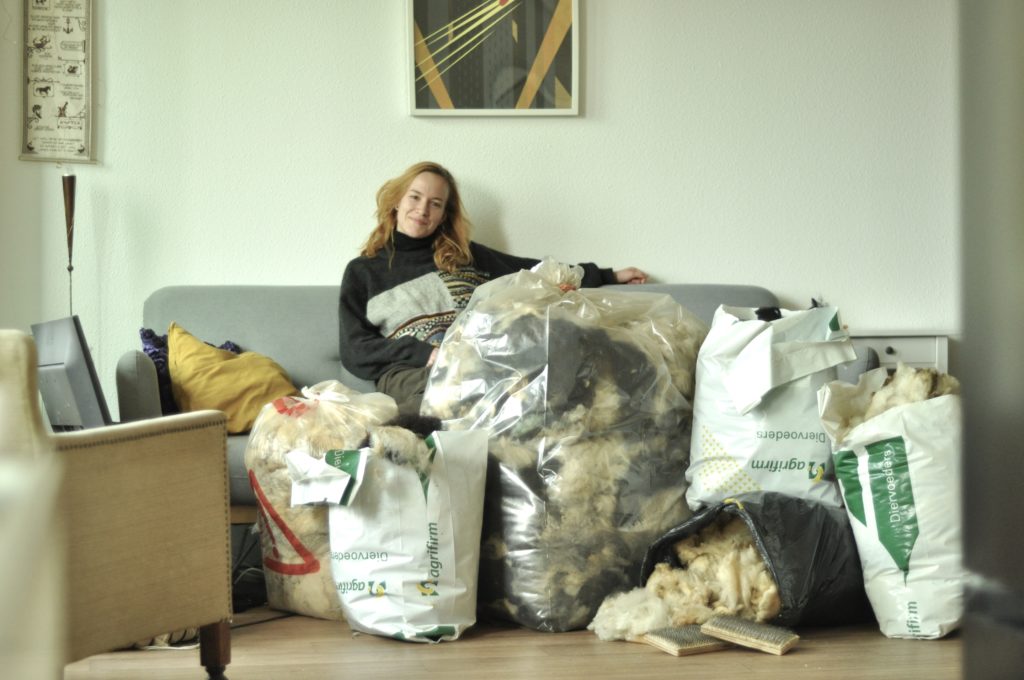U&S | C&A | B&E | T&R
Can I find a way to keep people living in energy poverty warm by warming their bodies instead of their homes? And would it be possible to do this by following a posthumanist design process, as proposed by Wakkary in his book “Things We Could Design” (2021, MIT press). During this project I balanced the nonhuman and human inputs by working from the nonhuman collective designer, and including human needs and business models.
Below: different garments made as outcome of the project
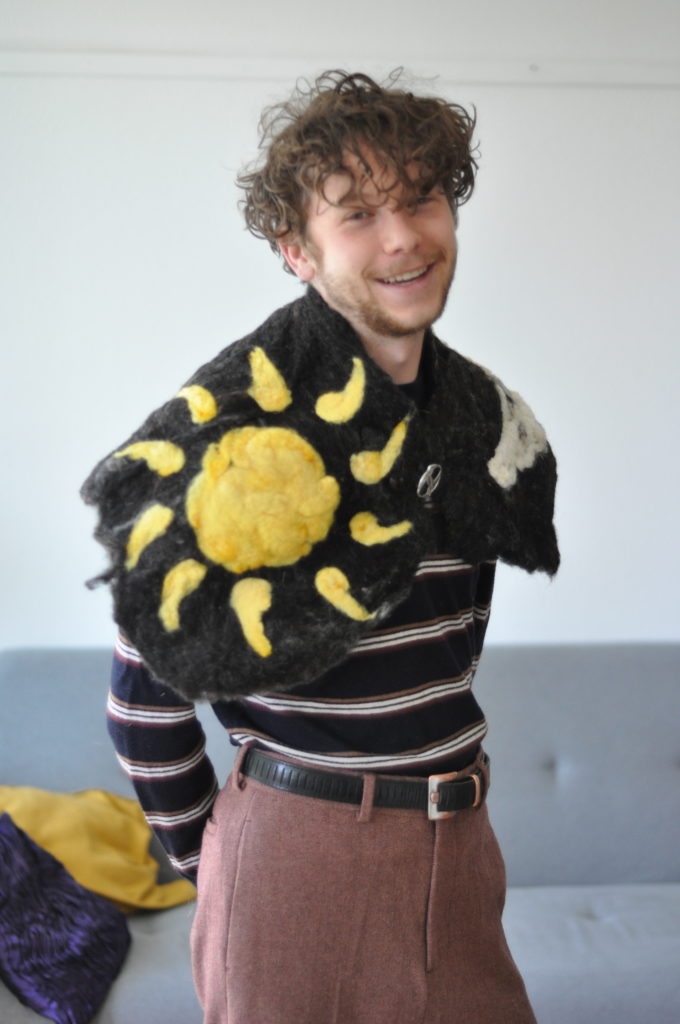
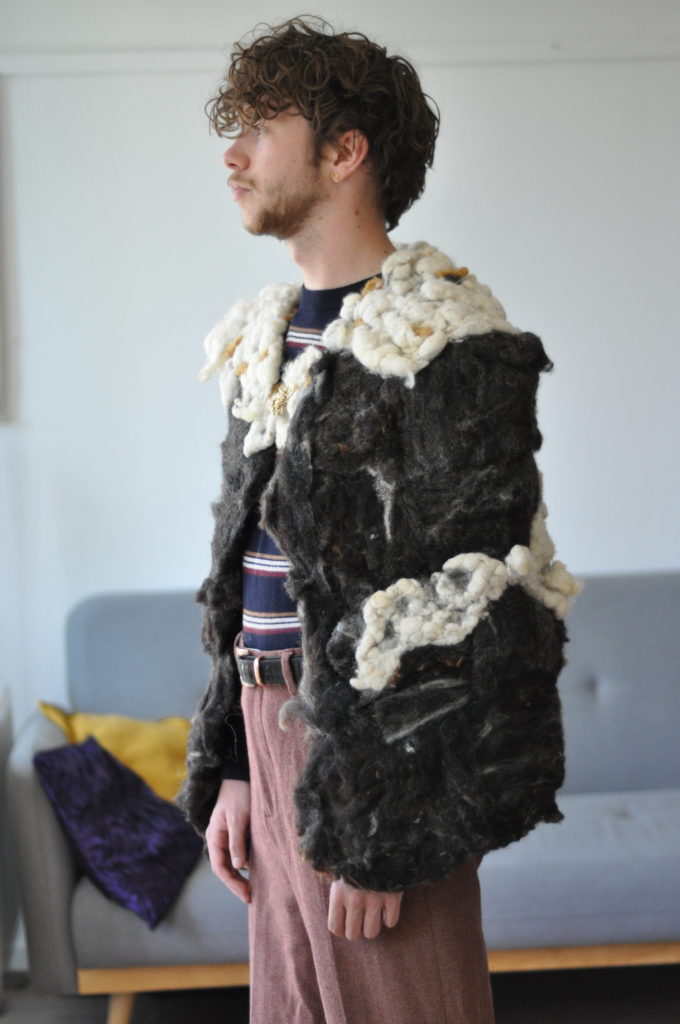
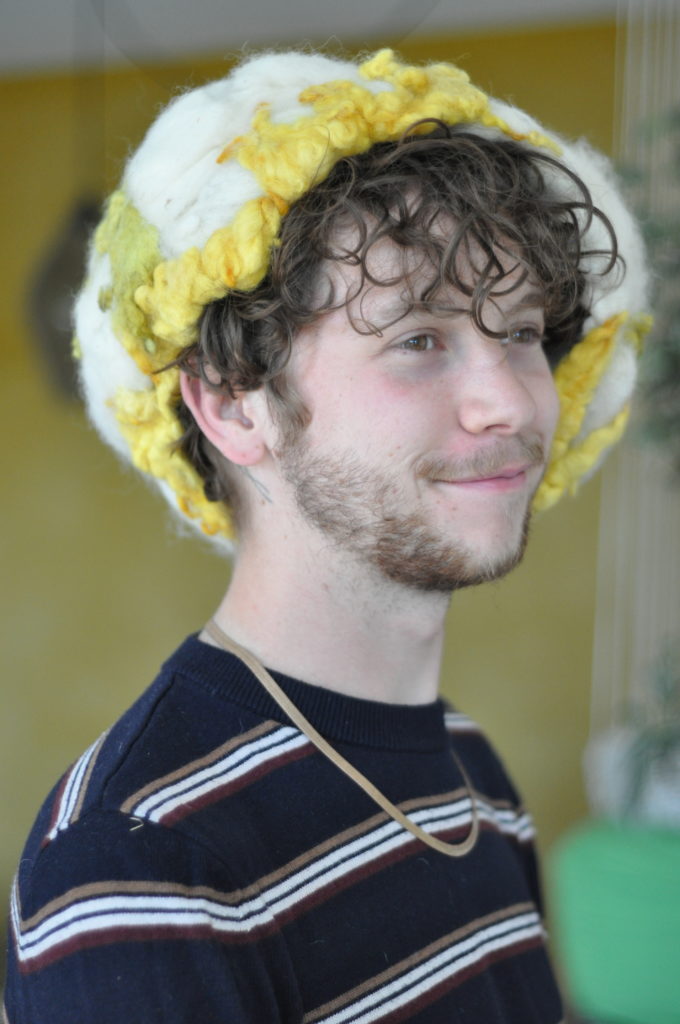
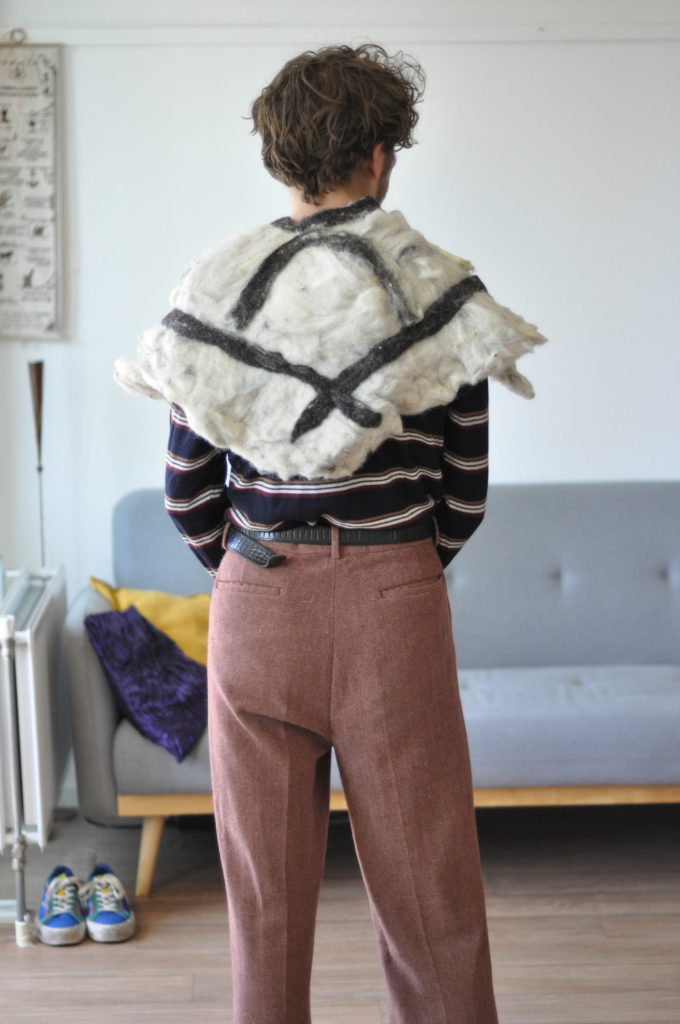
Project
During this project I looked at how to keep people warm who are living in energy poverty. About 30% of Dutch households spend over 10% of their income on energy bills, and have to wait years before the renovations needed to their houses can take place. By combining my knowledge as tailor and designer, I worked to find a solution for them.
The end result is a way of producing warm, woollen garments, which people are able to make themselves at home, in a workshop, or order for a fraction of the cost of a normal garment made from Dutch wool. Through hypothesis driven entrepreneurship I was able to conclude the workshop format would work best to put out the product. After organising the workshop, participants were eager to take the garments home and wear, and expressed that had had an amazing time.
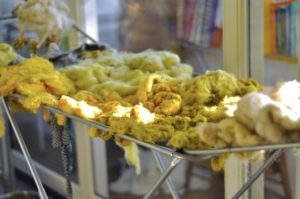
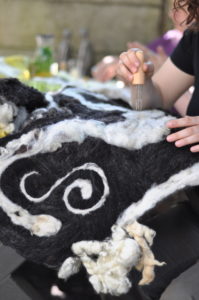
Process
this project was done by following the posthumanist design process as proposed by Wakkary (2021). After learning about the theory, I was eager to apply it myself and learn how to work with it. I also wanted to try and see whether the theory would work outside of academia, as this was the only place the theory was tested and studied.
This meant that throughout the process, I faced different challenges with how to fit human values into the theory. Human-centred methods I was used to applying, like user tests or personas, were all of the sudden out of the question. By sometimes applying Wakkary’s propositions a little differently, and at other times combining it with other research, I was able to fit the human side into the project into a way which left room for the nonhumans to still actively participate.
As the nonhumans were considered equals to the humans throughout the entire design process, and the product turned out to be a huge success with the participants, I believe this project shows the posthuman way of designing is also feasible outside of the academic world.
Below: examples of different (non)humans whose input was involved in the project
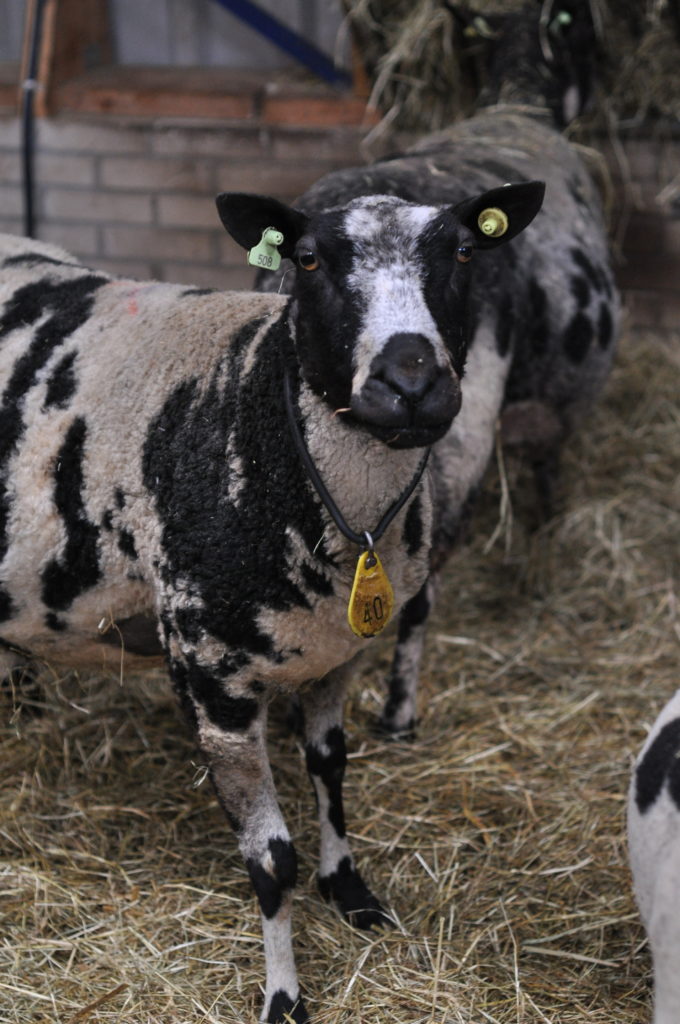
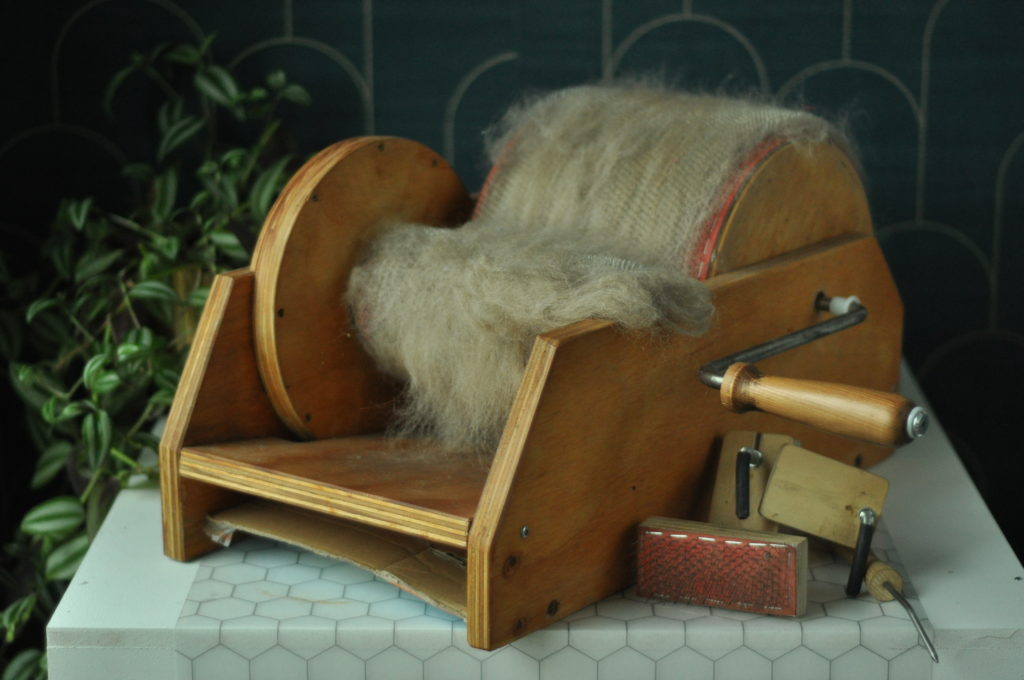
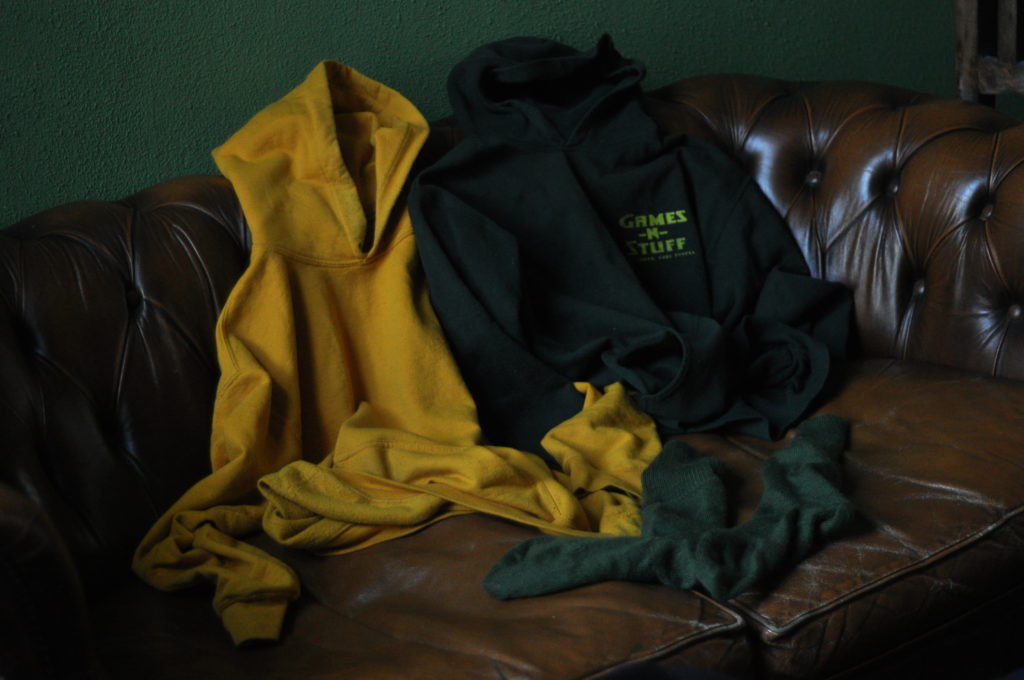
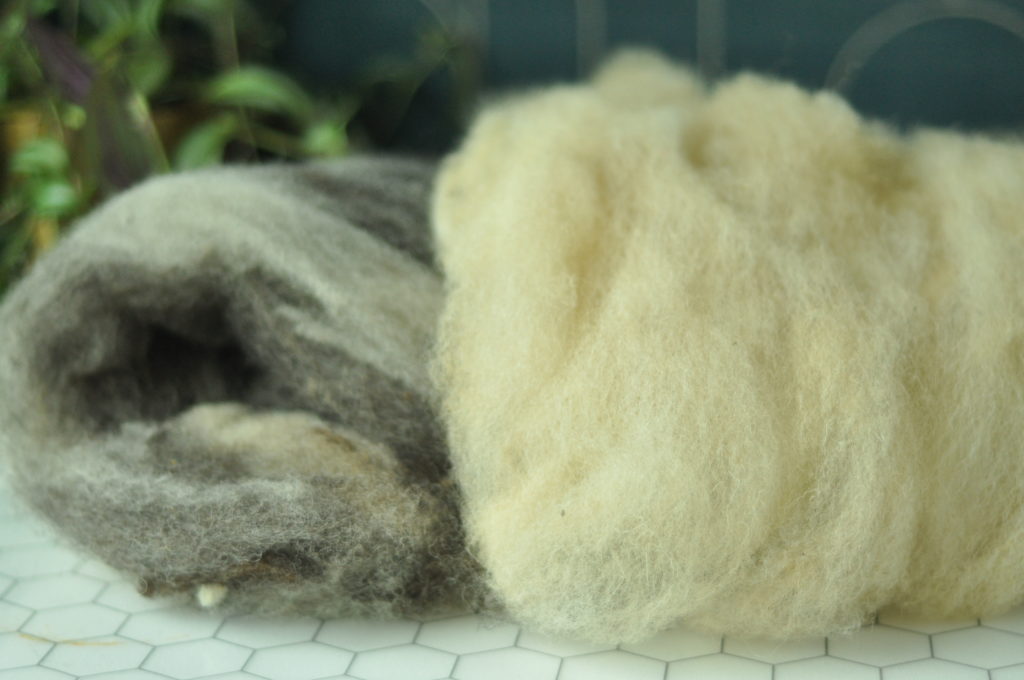
Reflection
Throughout the entire project I reflected upon the methods I used and what they did for my practice. While doing so, I tried to take into account who I am and adjust the methods in order to make them work with me. I mostly took from the methods that they made me calmer and more humble, which allowed humans and nonhumans alike to really shine in the project. Instead of me trying to get them where I needed them, they were given room and input, which made for a much better outcome for everything evolved.
Working through the posthumanist method really changed me as designer, and how I view the world. It made me more humble and realise I am just one participant in many different ongoing ecosystems. All principles I worked with in this project are now part of my everyday practice.
